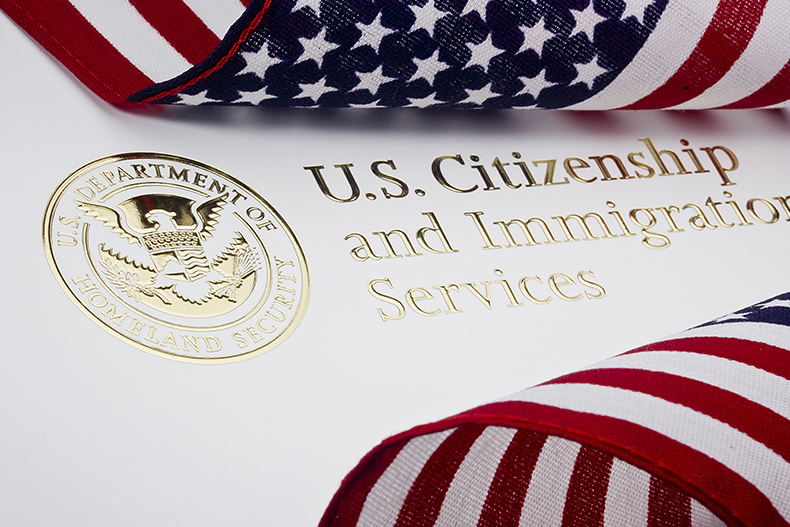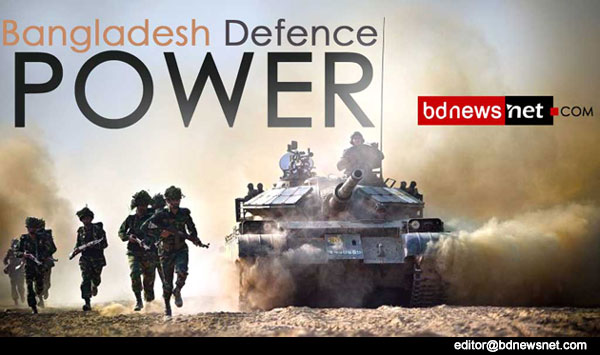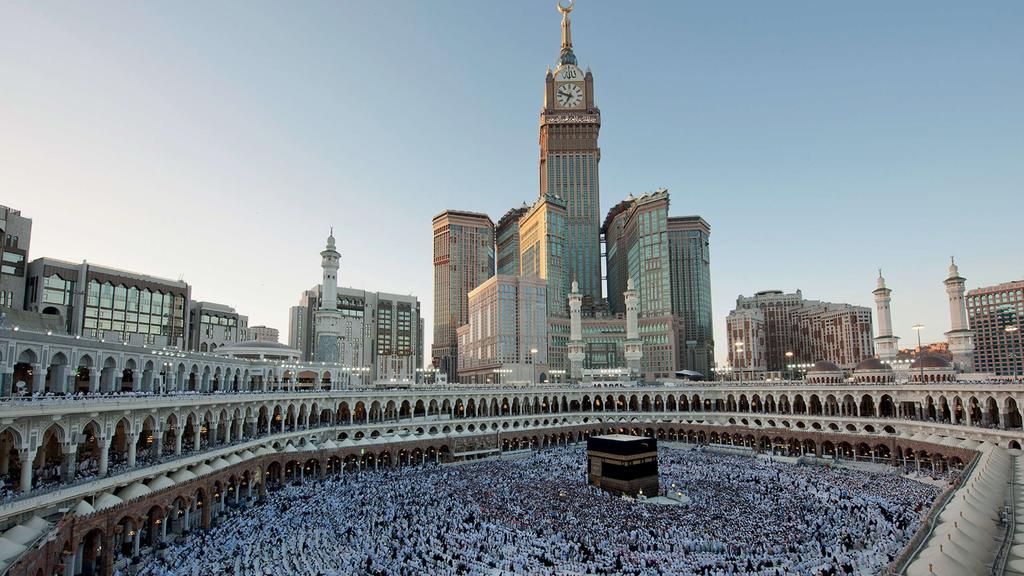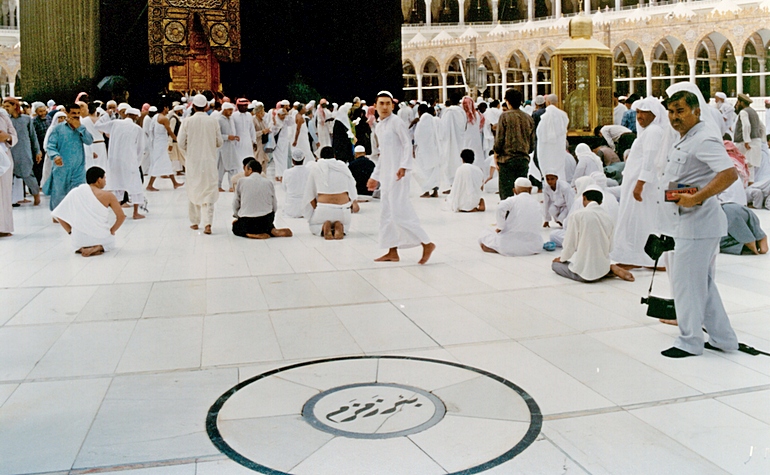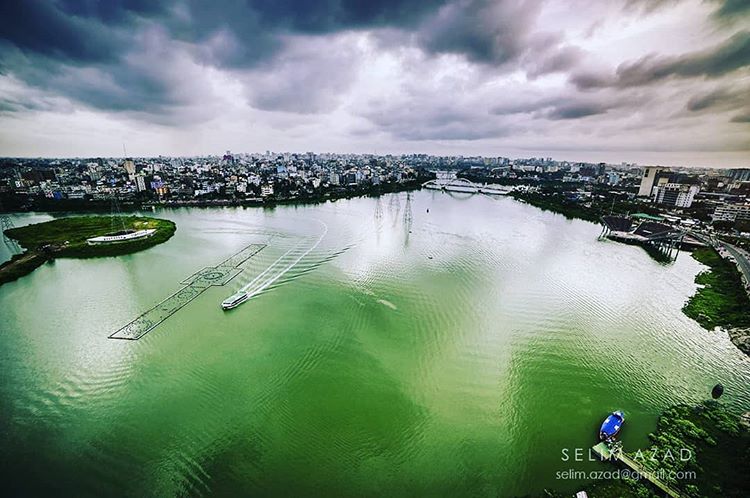Story
Oppressed theory in Hijab . Who is to Blame ?
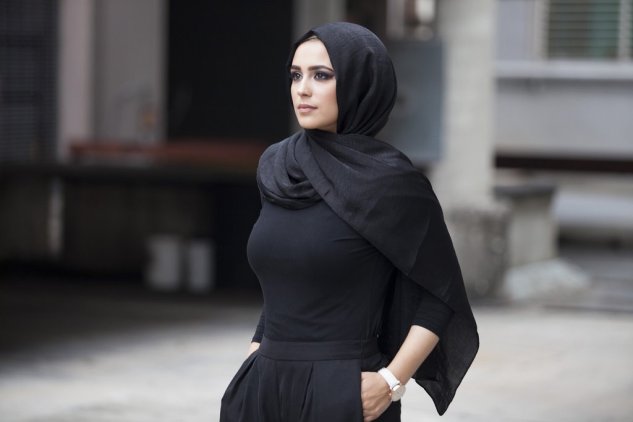
🧕 Ever wondered why hijab sparks heated debates—from Western media calling it oppressive to some Muslim-majority nations enforcing it by law?
Let’s dig into the tangled mix of faith, culture, power, and politics. Let’s explore this sensitive topic with care, clarity, and some real-talk moments.
🔍 What Does Hijab Mean in Islam?
First off, Islam, literally meaning submission, isn’t about forced laws—it’s a personal relationship between a believer and God. The hijab, covering a woman’s hair and neck, is meant to be a modest and voluntary practice. It’s not mentioned in the Quran as a mandatory piece of clothing. Instead, it urges both men and women to dress modestly and with dignity.
So, when we unpack oppressed theory in hijab. Who is to blame?, we find there’s no religious mandate in Islam forcing women into specific clothes. The problem arises when culture, politics, and power hijack the meaning.
🌏 When Hijab Becomes Control: Iran, Saudi, and Afghanistan
In some countries, hijab or even burqa is not just encouraged—it’s imposed by law.
- Iran: women face fines, arrest, or worse if they don’t comply with strict dress codes.
- Saudi Arabia: until recently, women were required to wear the abaya in public.
- Taliban-ruled Afghanistan: burqa is mandatory; leaving home without it can lead to public punishment.
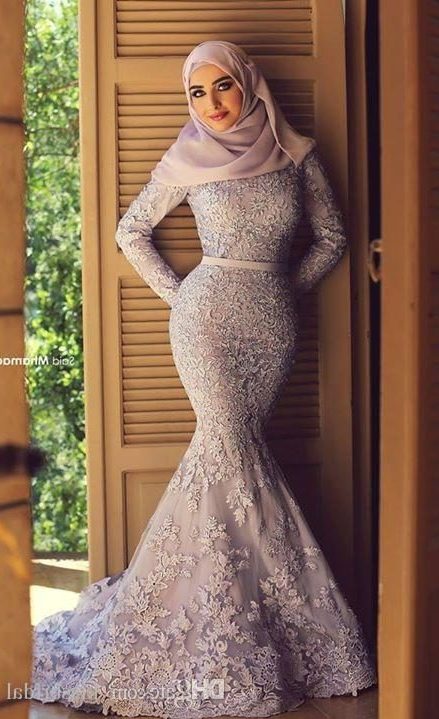
These mandates are a form of cultural and political oppression, not religious requirement. So blame doesn’t lie with Islam—it lies with governments and power structures that enforce obedience in name of tradition or control.
🧠 Misunderstandings in the West
On the flip side, many in Western societies—especially in liberal Europe—assume any hijab is a sign of women’s oppression. They see it as political or regressive rather than religious or cultural.
But that’s often blind to context. For many Muslim women, choosing to wear hijab is a personal act of faith and empowerment. It’s a means of expressing identity and piety. Thus, the Oppressed theory in hijab. Who is to blame? question shows that neither side has all the answers—misunderstanding and generalisation is everywhere.
⚖️ So… Who Is to Blame?
Let’s break it down.
Blame Politically Coerced Laws—not Faith
Enforcement in Iran, Saudi Arabia, Taliban-Afghanistan, and similar contexts are political tools. They lock women in oppressive systems. These governments use hijab not as a spiritual choice but as a symbol of power and control.
Misinterpretation of Islamic Teachings
Some traditions and scholars push that full veiling is compulsory—even though the Quran doesn’t. These cultural interpretations muddy the waters and spread the belief that Islam enforces dress codes even when it doesn’t.
Western Liberal Assumptions
Western media often paints hijab wearers as helpless victims. But that’s just another form of cultural colonization—deciding that women should abandon their beliefs to be “free”.
💬 Stories from Real Women
- A student in Karachi: “I wear hijab cause I feel at peace, not because my dad says so.”
- A teacher in Tehran: “When I taught in private school, I chose to remove the hijab. But not under threat.”
- A refugee in Germany: “They told me to remove my scarf for my job interview. I felt like I had no choice.”
These voices show hijab can be freeing, depending on the freedom to choose.
✅ Final Thoughts: Holding Hands With Complexity
So, back to the big question: Who is to blame? It ain’t simple.
This isn’t just a matter of religion vs culture or East vs West. It’s about power—who has it, who takes it, who loses it.
- If a woman chooses hijab freely, that’s not oppression—it’s faith.
- If she’s forced to wear it, that’s a rights violation—blame the appliers of force.
- And when Western society forces removal or demonizes hijab, that’s also oppressive—blame misinformed liberalism.
Hijab should be a personal choice—not a political tool. When it’s forced or forbidden, we lose true freedom.
📣 Listen, Learn, and Respect
Want a more just world? Here’s how:
- Listen to hijab-wearing women—let their voices lead.
- Speak out against forced veiling and forced unveiling.
- Educate others—help them see the difference between faith-based choice and state-based coercion.
- Promote religious freedom—in Bangladesh, Iran, West, or anywhere.
Because real freedom comes when we respect choice and resist coercion—from any corner.
👉 Want to learn more or share your story? Drop a comment or reach out—we’d love to hear from you.

